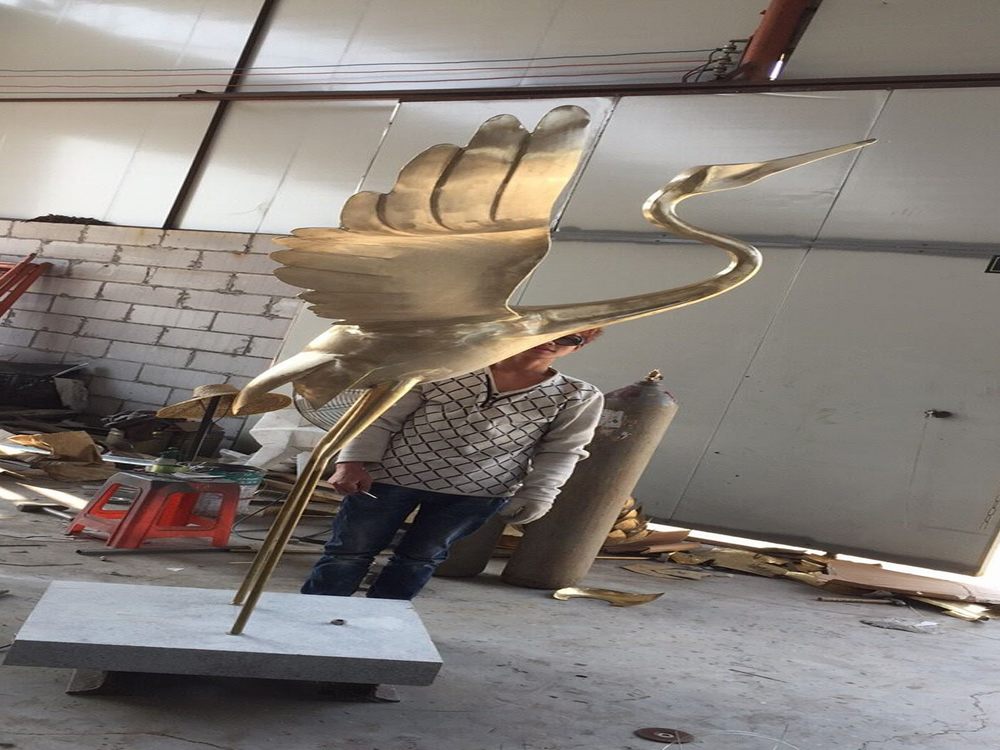
Stone sculptures have been a cornerstone of artistic expression for millennia, with figurative and non-figurative styles representing two distinct approaches. Figurative stone sculptures depict recognizable forms, such as humans, animals, or objects, often aiming to capture realism or idealized beauty. These works rely on anatomical accuracy, proportion, and narrative elements to convey meaning.
In contrast, non-figurative stone sculptures abandon literal representation, focusing instead on abstract shapes, textures, and emotional resonance. These pieces prioritize form, balance, and the inherent qualities of the stone itself, inviting viewers to interpret their meaning subjectively.
Key differences include:
1. Representation: Figurative works mimic reality, while non-figurative pieces explore pure form.
2. Technique: Figurative carving demands precision, whereas non-figurative sculpting often embraces spontaneity.
3. Purpose: Figurative art typically communicates specific stories or ideals, while abstract works evoke personal responses.
4. Historical Context: Figurative sculpture dominated ancient and classical periods, while non-figurative styles gained prominence in modern art movements.
Both styles showcase the versatility of stone as a medium, offering unique ways to engage with space, emotion, and cultural identity.

